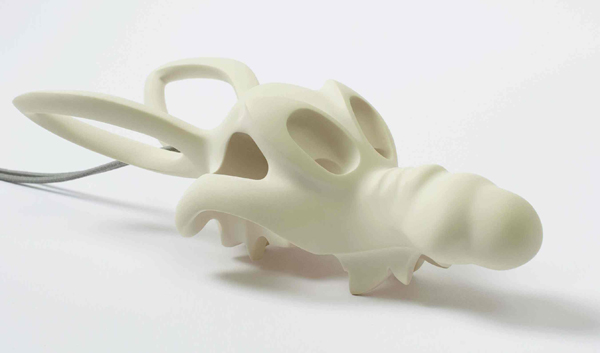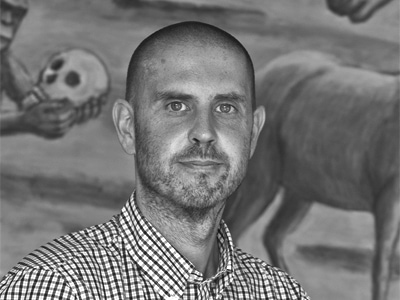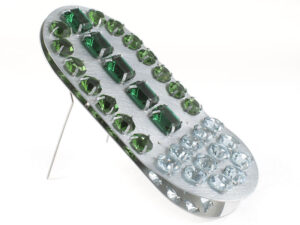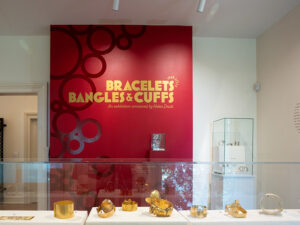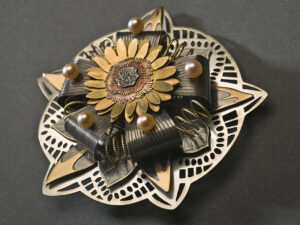Galleries exhibiting jewelry are an important part of our community and the people who run them have interesting backgrounds and stories to tell. In this interview Stefan Freidemann from Ornamentum Gallery in Hudson, New York answered some questions posed by Damian Skinner.
Please tell us the story of how you and your wife Laura Lapachin ended up opening a gallery in Hudson, New York.
Long story . . . Laura and I met studying metalsmithing at Wayne State in Detroit under the late Philip Fike in the early 1990s. After becoming a pair, we traveled to Pforzheim, Germany, where we schooled further for three years. During this time our aesthetic changed dramatically and, of course, we made many great contacts. After this experience we felt that the Northeast was more suited to us and we settled for two years in Providence where we worked in the industry and had some contact with the program at RISD. It didn’t feel like home so we continued looking – as far as Colorado – for somewhere to settle and start what was at that time planned as being a studio/atelier somewhere. How our plan developed into a serious gallery is another (long) story, requiring a campfire and alcohol!
One day looking through W magazine we came across an article about New Yorkers buying into the counties around Hudson (called the ‘Un-Hamptons’ at the time). It seemed like an interesting place with a direct connection to New York City, so we thought we would watch and see how it developed. With a walkable downtown full of interesting shops, historic architecture and beautiful landscape, Hudson also felt to us to have many of the aspects we missed from living in Europe. When the events of 9/11 happened, we made the decision that we had better dive in as we figured that New Yorkers would be buying more upstate to get away from the city, so we did just that. In the weeks following our building purchase, the prices and popularity of Hudson grew rapidly as we had figured, so we came in just at the right time.
The gallery started very small, in a space just under eight feet wide. We had another gallery as a tenant for a number of years in the space next to us (within the building) which allowed us to grow slowly and focus on quality. Several years ago we took over the second space, which became our exhibition space – one of the largest that we know of dedicated to contemporary jewelry.

You have been a groundbreaking contemporary jewelry gallery by entering markets where this kind of work has not been shown before. Can you elaborate on your history and your thinking about your marketing plans?
Like the other jewelry dealers, we exhibited at the SOFA fairs and we were thrilled to make the connections we made at this venue. The conversation between galleries both here and in Europe, as well as within organizations such as AJF, always seemed to go to the theme that ‘all the collectors are getting old, we see the same faces and no new ones at these events,’ but no one had a solution as to how to introduce the field to new audiences.
I do think it is important to note that being a gallery with a visible street presence is the first step to making this a reality, as allowing the public in to ask questions and have their eyes opened to this field can expand the perceptions of many.

After exhibiting for three years in Miami, we decided that the next logical step was to bring jewelry to the Basel, Switzerland version of the fair, which has its own tremendous logistics to deal with. It hasn’t been easy but we have been happy with our experiences at the fair and the important collectors of art and design that we meet and sometimes sell to. While these steps don’t always reap benefits in the short term, our thoughts have continuously been geared towards the long-term goal of strengthening the gallery – and the field – with the decisions we make.
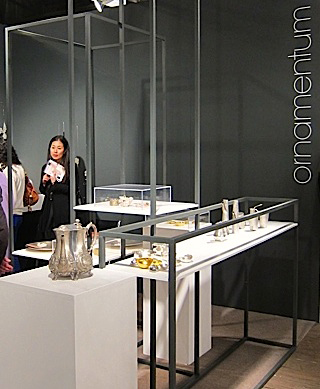
If they are in the gallery or at our booth at a fair, they tend to either understand it or not, whether or not they would wear the work. Outside, dealing with the public, I simply define it as ‘very non-traditional jewelry.’
The contemporary jewelry world is a broad church, with many congregations. If the whole scene was crowded together in a room, which groups would you want to hang out with?
The group with a sense of humor and adventure.
Are there any geographic limitations on where the jewelry you show can come from? Do you represent artists from around the world? How do you decide on who to show?
We are open to anything as long as it moves us. The geographical limitations don’t come from us, but sometimes come from the methods of learning (if there are any) in a particular area/country/region. For example, we have several Asian artists, but they have all studied in Europe, as from what we have seen, most of the Japanese and Korean programs to name two, are still very stuck in the traditional techniques as opposed to the conceptual. Obviously our backgrounds connect us with Europe, where many of our artists stem from – and running a gallery, as well as raising two young boys doesn’t allow much travel aside from the fairs. So that also impacts what new work we can find. But our gallery roster is very strong, so we aren’t that concerned with needing to look at the moment. We are at a point where we can be very particular and the international jewelry scene is a small world, so if it is right for us and meant to be, we will probably end up finding the work.
How do you think the future of this business will develop?
With more and more museums and fairs taking note and exhibiting jewelry, it is our hope that the field will develop in a way similar to the market for art and mid-century jewelry has developed. Unfortunately, it takes a long time to build these clients, but it seems like the logical thing is for the interest and value to keep growing, although slowly for now . . . one new collector at a time.
What are the three most interesting pieces of jewelry you’ve seen lately?
Sam Tho Duong, lemitcA series.

Ruudt Peters, Corpus series.
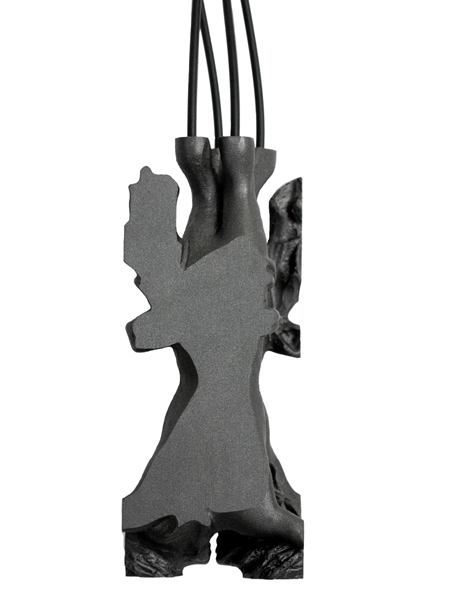
New work by Alexander Blank.
